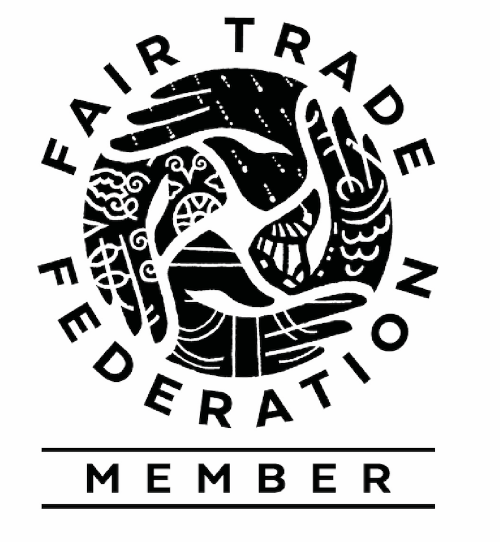Ubiquitous and radiant, birds are true wildlife anyone can observe without flying to remote jungles. Since their presence is so commonplace, it is easy to be unaware of their magic. Yet they have the potential to mesmerize anyone sitting still long enough.
Stop and marvel
I only started paying attention when I lived on a forested hill in Guatemala in my forties. (Guatemala boasts more than 700 bird species.) Trills and choruses, flashes of vibrant colors, and leafy branches alive with feasting flocks were a compelling distraction right outside my windows. My curiosity was piqued. I wanted to know their names, to get closer looks through binoculars, and to keep a journal of my “sightings.” Fortunately, I knew the phone number of a phenomenal local guide, who graciously helped me with the correct identifications. Few moments in my life match the breathless awe I experienced the first time I saw the elusive Resplendent Quetzal in an impressive courting display on the slopes of the Atitlan volcano. Spiraling and plunging with his long tail feathers rippling like ribbons: the sight brought me to tears!
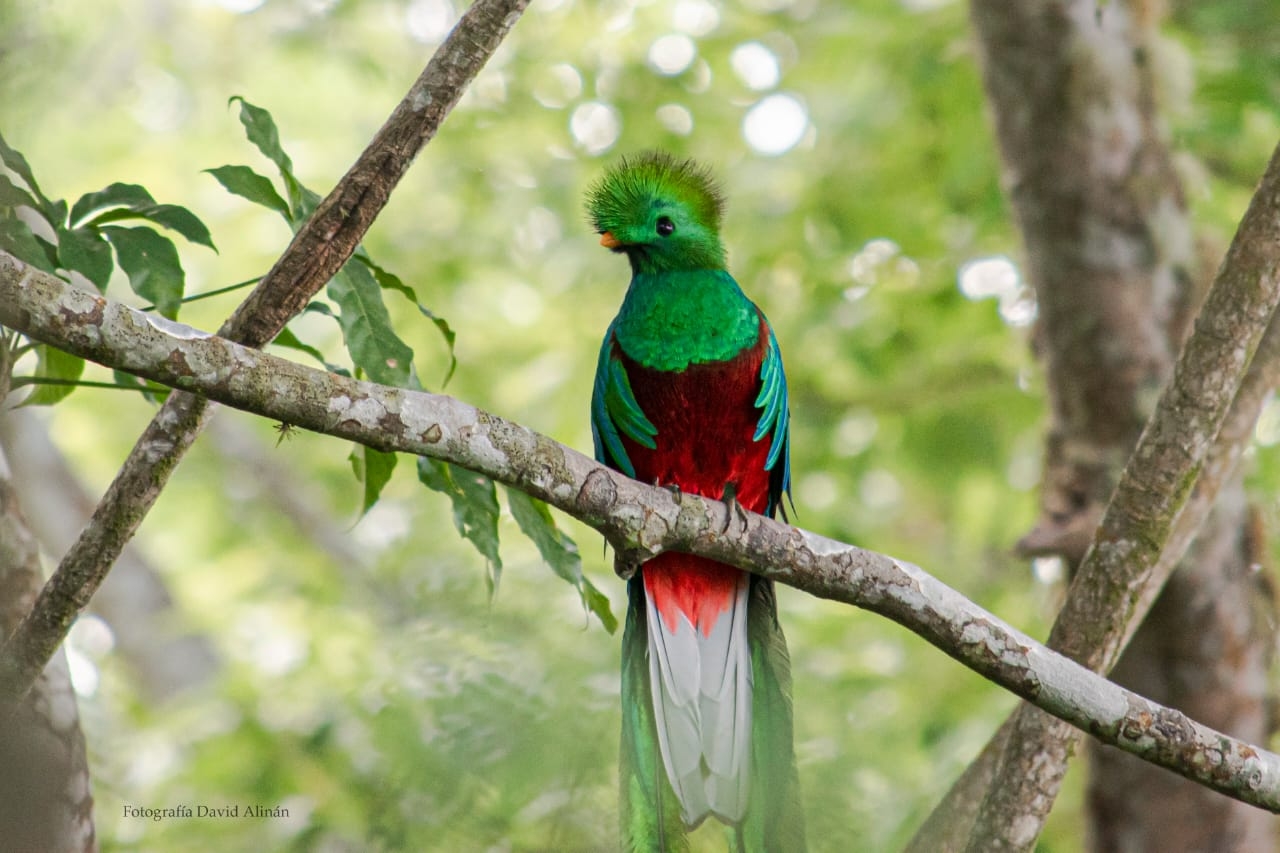
Find out more about Guatemala's national bird, including audio of its distinct call here.
Plumage
This is what distinguishes birds from other vertebrates. Feathers are fundamental to many aspects of a bird’s life. They function as insulation, aerodynamic power for flying, communication, as well as camouflage.
Their colorful feathers are what inspire the women of Guatemala to embroider their blouses with bird images.
The town of Santiago Atitlan’s original Mayan name is Tz’Kin Jay, House of the Birds. It follows then that the characteristic patterns on traditional textiles here are of birds. Long ago geometric designs of herons, ducks, two-headed eagles, people, and corn plants were popular.
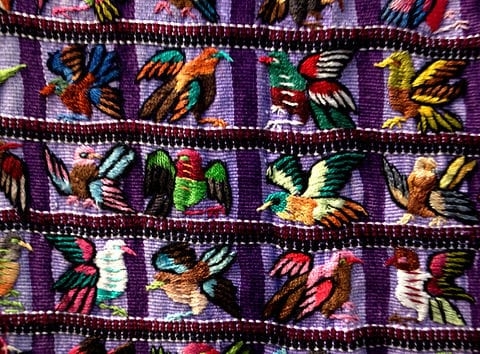
Over time, their embroidery developed to include finer details of birds. These days women tend to pay more attention to their surroundings when they pick coffee in the mountains, especially noticing the rich bird life among the trees. The embroidered great blue herons, painted buntings, and summer tanagers on their blouses would win all the blue ribbons at county fairs, in my opinion.
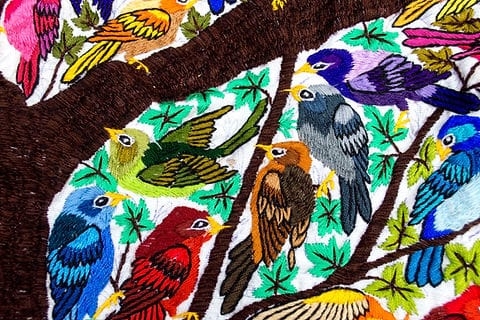
Example of modern-day designs.
Try embroidering this bird of paradise (an actual bird for which the plant is named!) Download a free pattern here. Bird of Paradise pattern
The “House of Birds” in Guatemala also produces many of the beaded items we offer, among them hummingbirds and owls.
Here is Mercedes at her craft, stringing beads to create the bright hummingbird ornaments.
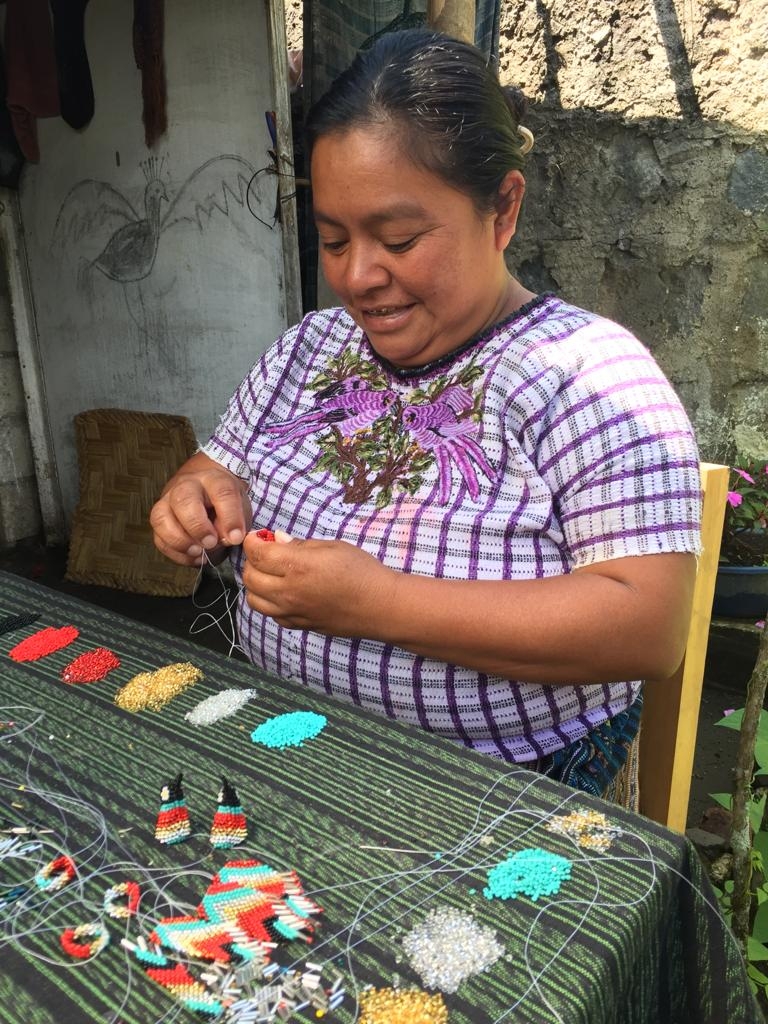
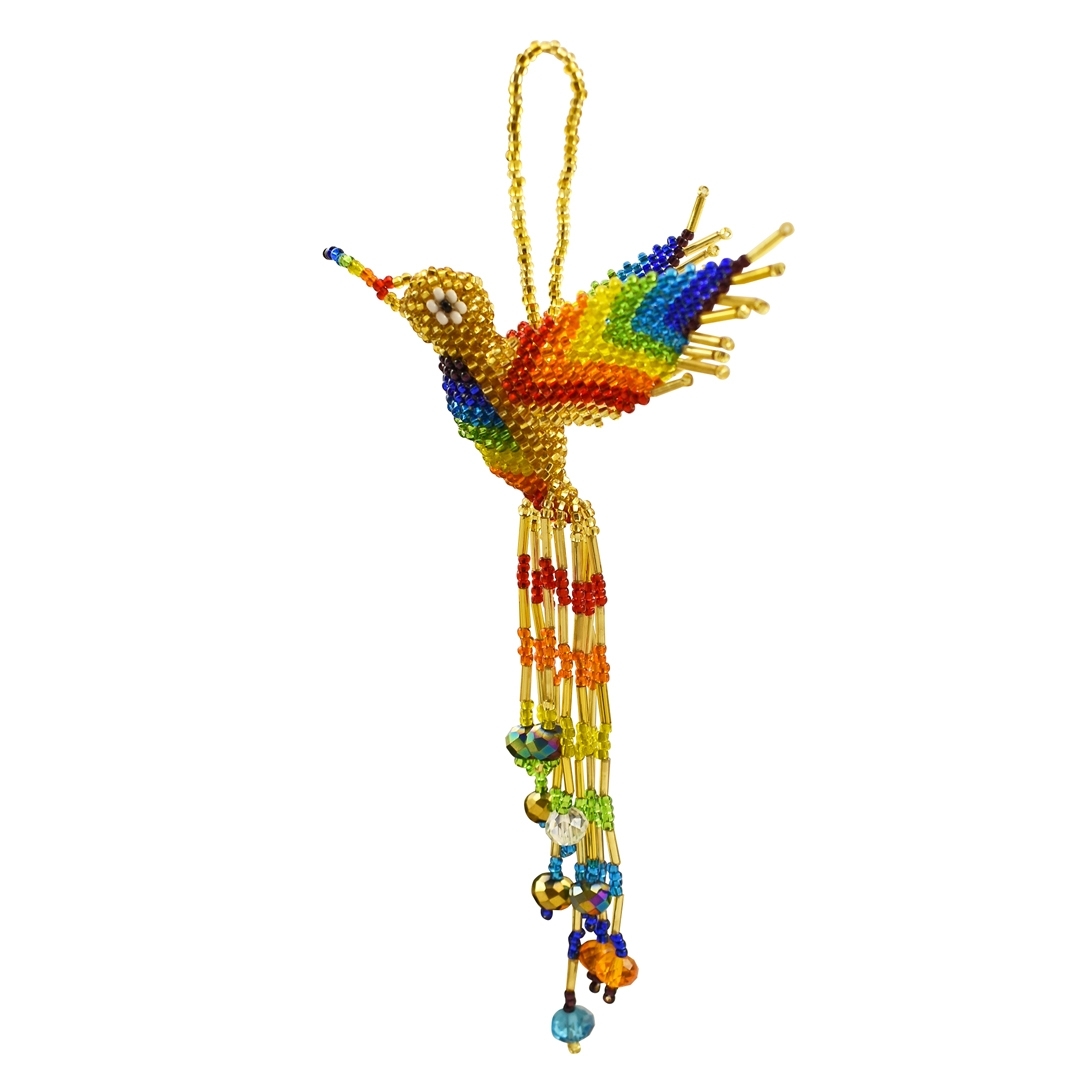
Order beaded hummingbirds here
South Africans are equally skilled with beads, although the style is significantly different. They usually combine wire and beads, while the Guatemalans use thread to string beads for their figurines. Compare this unique hoopoe bead birdie which strikingly resembles the real deal. Their name mimics their call: “oop-oop”.
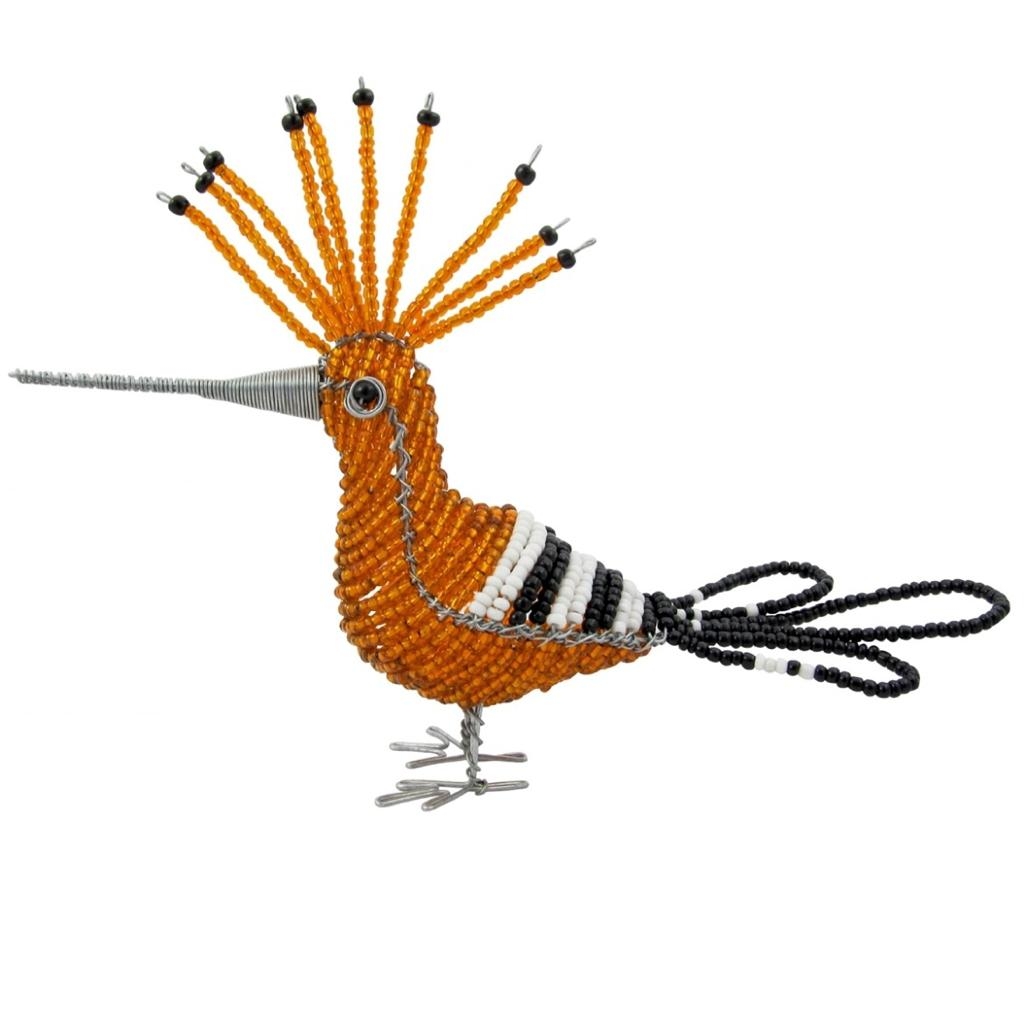
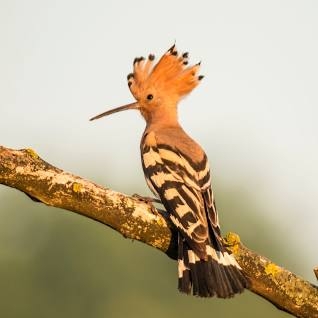
Order this unmistakeable ornament here: hoopoe
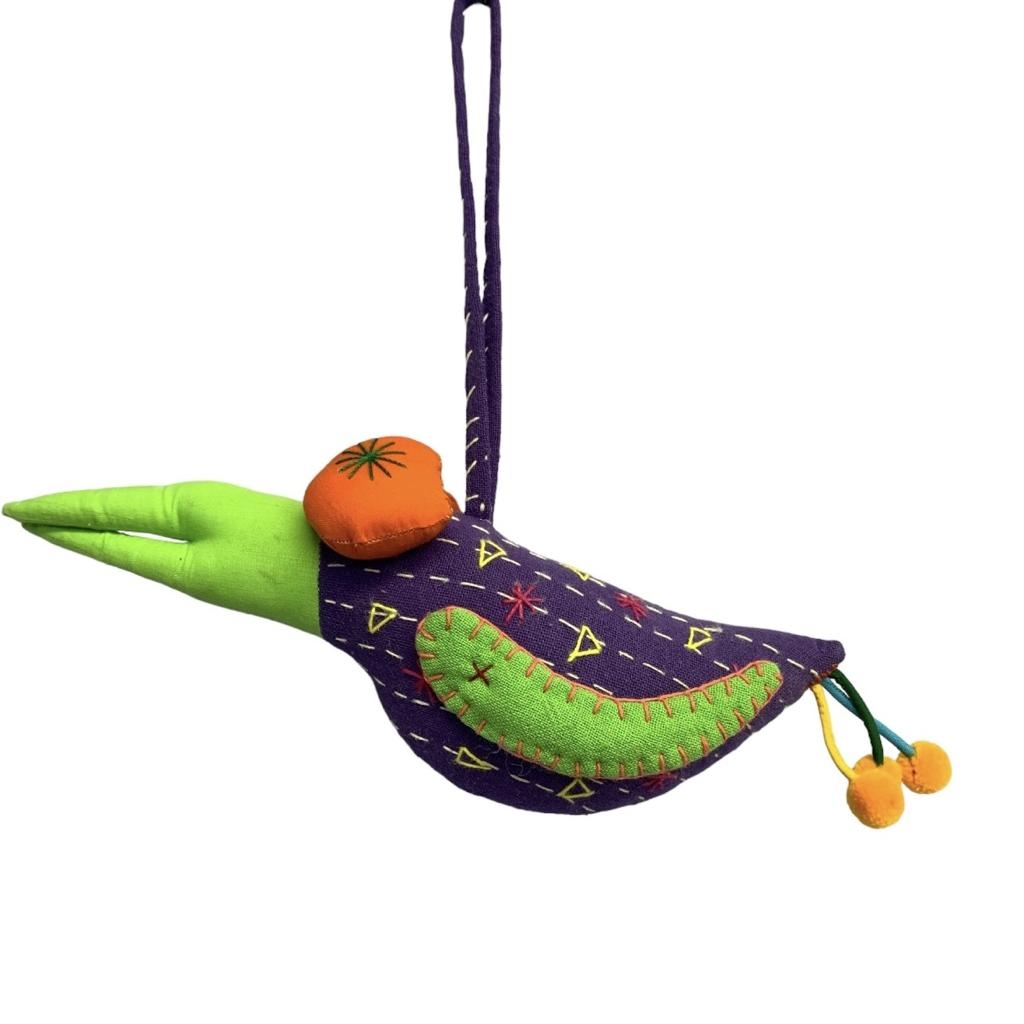
In contrast, our patchwork Gooney bird from Thailand is a playful rendition of the black-footed albatross. Gooney is its informal name. (You can pick different colors and order one to hang on your doorknob right here.)
During World War 2 the aircraft C-47 was nicknamed the “Gooney Bird” due to its similarity to the giant albatross in size and shape. The plane's role in supporting operations has been described as vital to the Allied victory.
So, if it is FEATHERS that make the bird, what makes me a birder? Birders are amateurs. We enthusiastically engage in the study of birds for the love of it, without calling it a profession. Yet.
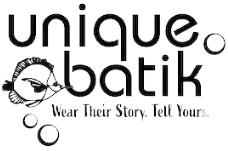
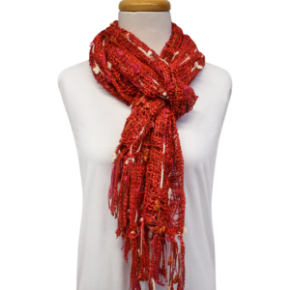
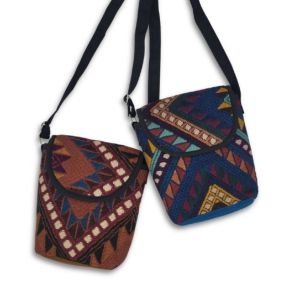
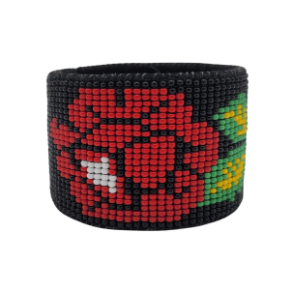
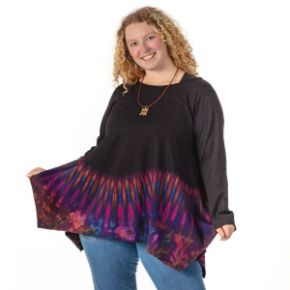


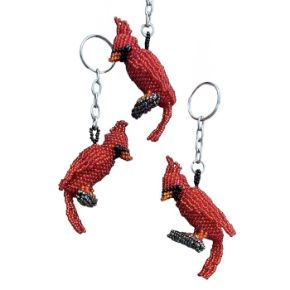

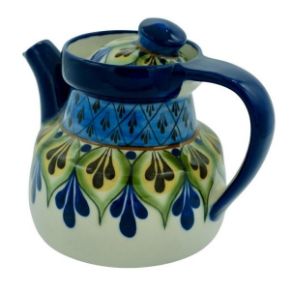
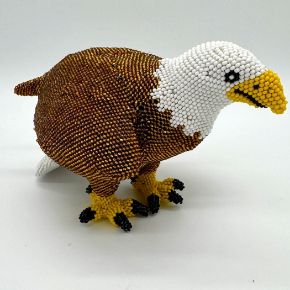
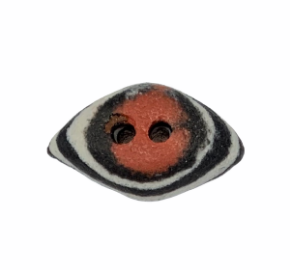
_700.jpeg)
